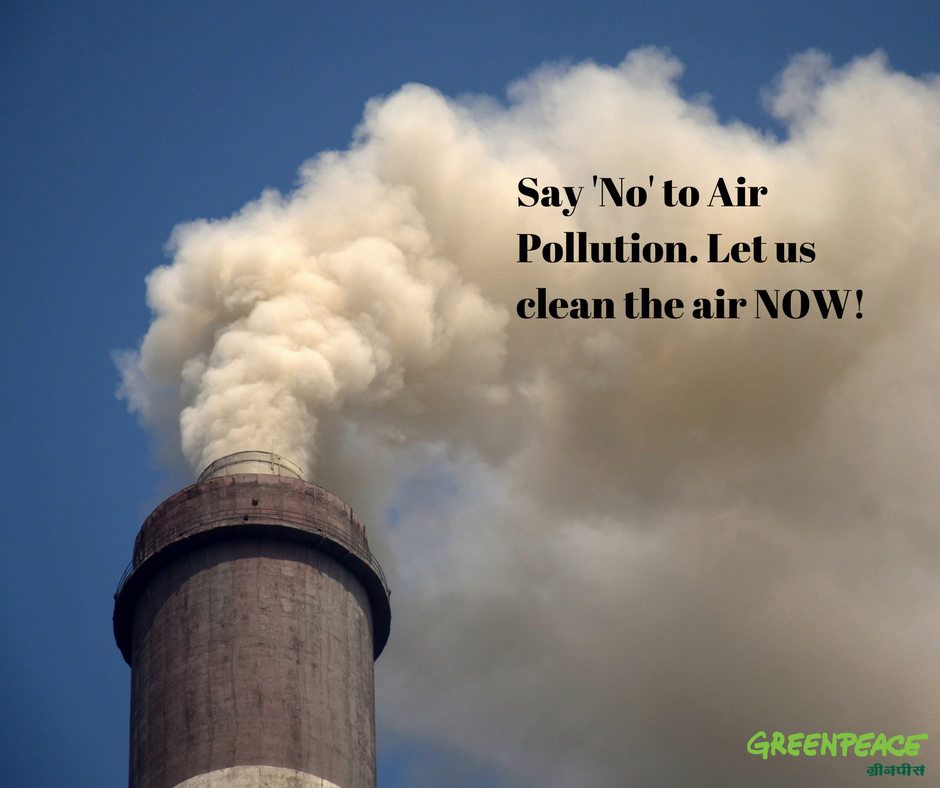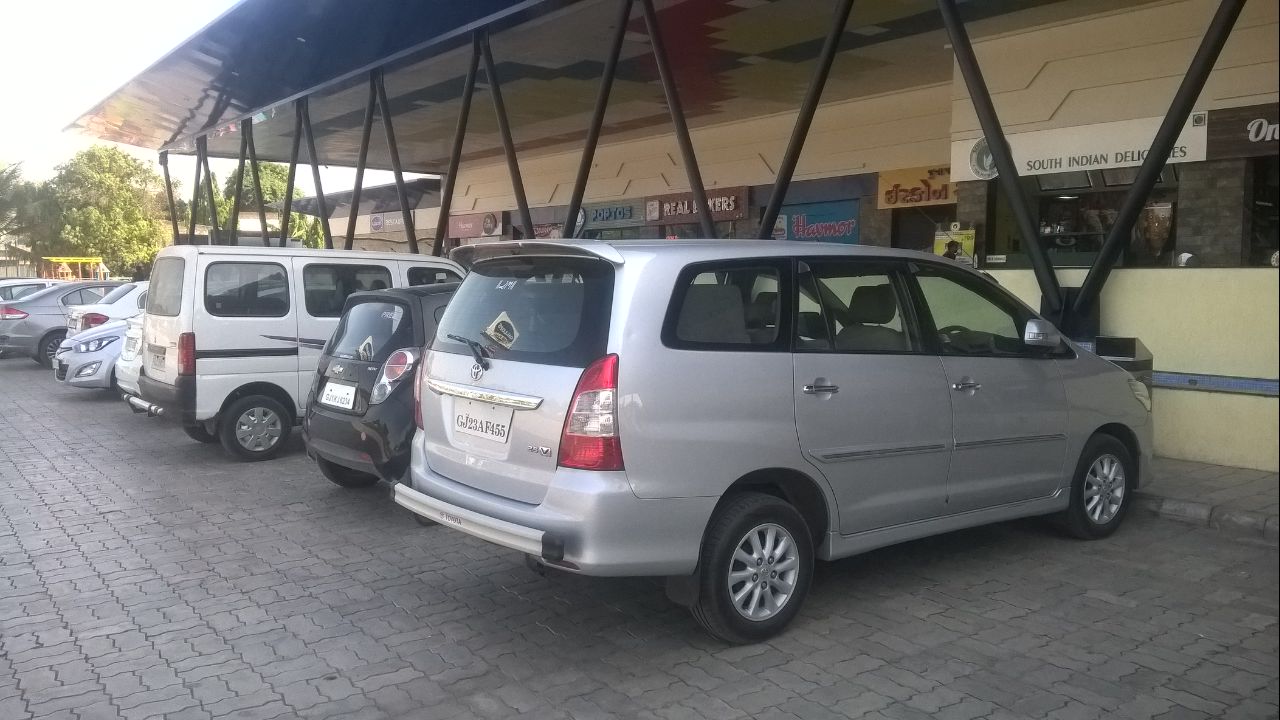After a series of flip-flops in the past three years, India is once again racing against time to turn itself into a nation of electric vehicles (EVs) by 2030 despite countless stumbling blocks.
A raft of incentives announced by the federal government recently for an early EV roll-out plan has made it crystal-clear that the Narendra Modi regime means business this time around.
A staggering Rs 100-billion outlay for faster adoption and manufacturing of EVs, massive tax reliefs on customer loans, sizable reduction in the goods and services tax as well as customs duty exemption on import of lithium-ion cells besides other indirect tax benefits have warmed the hearts of motorists, tree-huggers and industry alike.
What’s more, the ministry of road transport has directed all states and federal territories to promote eco-friendly vehicles through generous sops to curb rampant air pollution and induct more EVs into public transportation fleets to reduce tailpipe emissions with as many as seven Indian cities named among the world’s 10 most polluted boom towns.
No wonder, Delhi, Gurugram, Mumbai, Ahmedabad, Bengaluru and other large and small towns teeming with oil-burners and gas-guzzlers have acquired or are planning to buy hundreds of smokeless electric buses in the none-too-distant future.
However, though the conventional, hazardous petrol-diesel cars will start losing steam with sales nosediving, they are not destined to become fossilised dinosaurs any time soon.
The fact is in 2018-19 alone, more than 4 million new internal combustion cars and commercial vehicles, 1.3 million three-wheelers and 24 million two-wheelers hit the road.
Hence, the government is hell-bent on a swift switch to the electric era to see six million electric and hybrid vehicles in the world’s fourth largest market by 2020, and also ban the sale of, to begin with, fume-emitting scooters and rickshaws after 2025.
After all, thanks to internal combustion engines, the country is facing an air pollution crisis that is responsible for 1.2 million deaths every year and costing the economy an estimated 3% of Gross Domestic Product, not to mention the mounting USD70-billion oil import bill.
Indeed, Indian courts of law have been flashing red light to stop vehicular pollution and calm angry environmentalists after a global backlash against diesel-engine cars since German automaker Volkswagen Group admitted in 2015 to rigging 11 million vehicles worldwide to circumvent emission tests.
Tougher emission rules will take effect in 2020 but sales of EVs have not been on a steep upward slope in India, though some 760,000 units were sold during the past six months what with dozens of Indian companies churning out electric cars, buses, trucks, two-wheelers and three-wheelers.
According to Pravin Pande, a senior executive of Mahindra Electric, e2o Plus and eVerito have taken Indians by storm with not a single customer complaint, and its eKUV100 will also be unveiled soon.
But the recent launch of Hyundai Kona Electric SUV have compelled other automakers to speed up plans to roll out their electric cars in the market, including MG Motor’s eZS electric SUV, Nissan Leaf, Audi e-tron, Jaguar I-Pace, etc.
But the lack of charging infrastructure leaves many worried. According to Gaurang Patel, an Ahmedabad-based automobile aficionado, the driving distance is always limited by the charge the battery holds because one cannot charge until returning home, thus causing anxiety.
“Anyone will think twice before buying an EV if, while driving, he or she is worried about running out of charge”, he reasons, adding that charging an EV also is a time-consuming exercise.
Apart from air pollution and poor charging facilities, the other major roadblocks to the switchover to EVs are highly-polluting, coal-fired thermal power plants and electronic waste.
If coal continues to be part of India’s energy policy, then battery-powered vehicles alone cannot address the country’s air pollution woes, and hence the need to reduce the strong reliance on coal to produce electricity.
As for electronic waste, market analysts say the Indian electric car market is projected to achieve a 10-fold growth by 2025, from USD71 million (Rs 486 crore) in 2017 to USD707 million (Rs 4,838 crore), resulting in a 10-fold increase in the country’s stockpiles of spent, unrecyclable batteries over the following decade.
In sum, as senior Congress leader Arjun Modhwadia told Connected to India, unless the government takes its pioneering plans seriously, its rushed run to the not-so-far finish line could be a bumpy ride.
“Smart electric vehicles can help India save 64 percent of its anticipated passenger road-based mobility-related energy needs and 37 percent of carbon emissions in 2030 but in the absence of surefire policies, EVs will be able to attract only true-blue greens as the new technology cannot be thrust upon the industry now on the cusp of transformation,” he opined.






